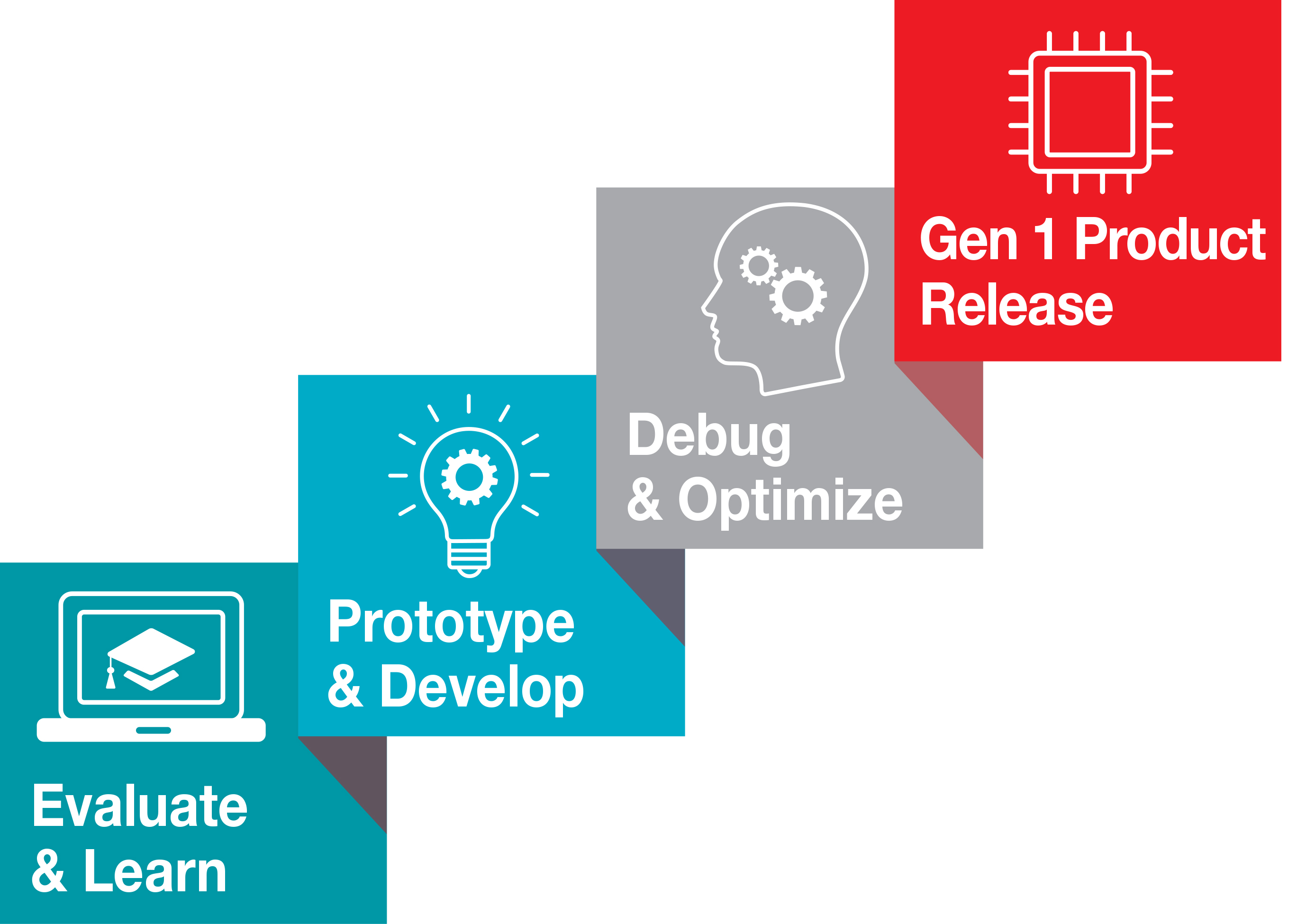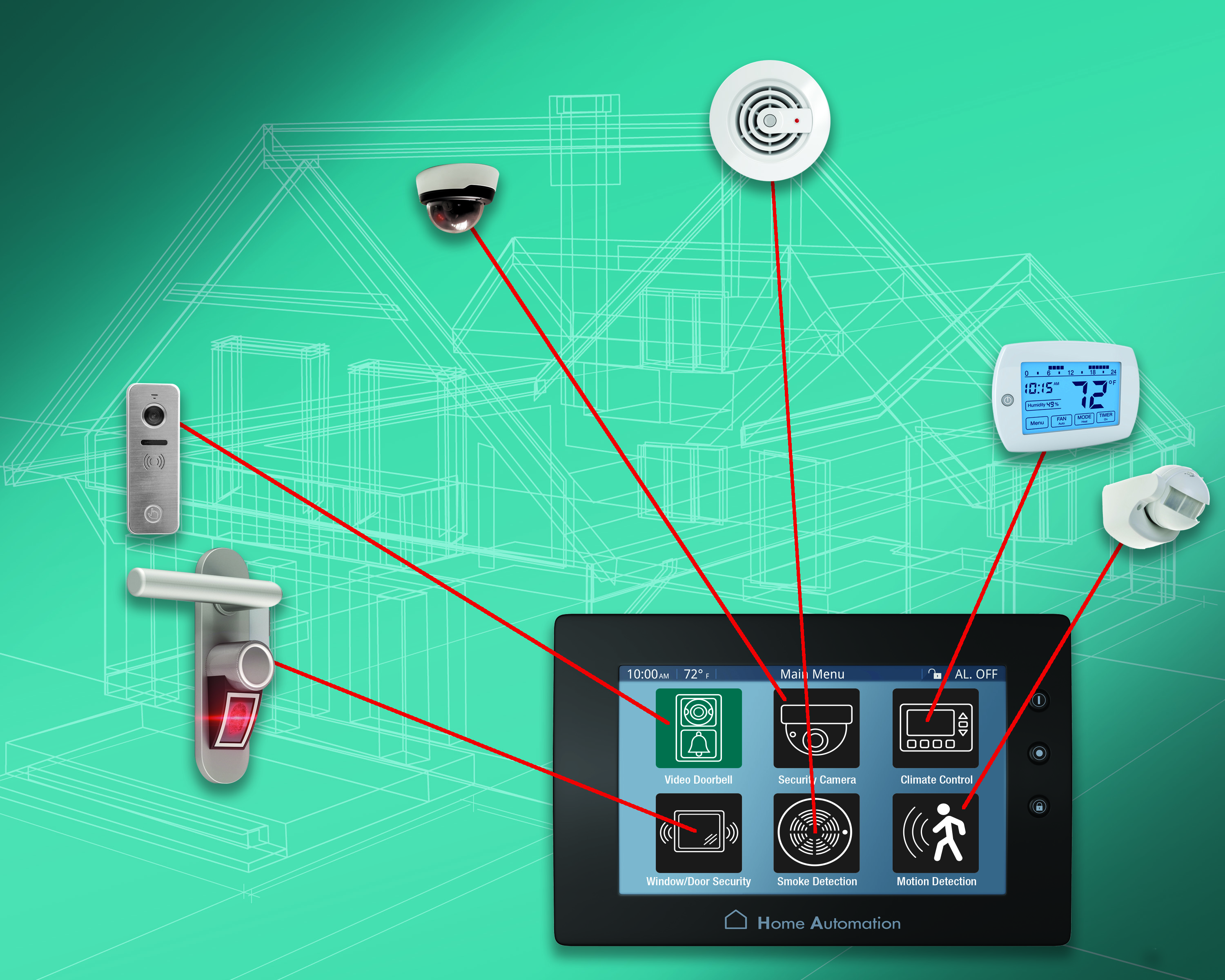By Ray Upton, VP & GM, Connected MCU, and Zoran Mladenovic, GM, Software Development, Texas Instruments
Rapid innovation in today’s market exerts constant pressure on product and system engineers. To help speed up the new product development process, Texas Instruments has taken a robust software/hardware platform approach with code-compatible devices and technologies to develop a cohesive platform that offers a breadth of technical capabilities. Through this approach, a developer can easily complete an initial design and then choose another code-compatible device to further enhance or expand their portfolio without having to leverage valuable resources to relearn the basics of the product. The result is a more rapid and efficient development, enabling developers to focus on their differentiation while earning a healthy return on investment over a longer period of time.
A unified continuum
A relevant example will illustrate how a unified platform approach covering a range of foundational technologies can speed the development of new products, facilitate their acceptance in the marketplace, and contribute to the success of complementary products. This example will focus on a company that has decided to enter the internet of things/home automation market with a smart security control panel.
First, the proper planning and research is conducted to determine the features and capabilities of the initial product. Being versatile and adaptable are essential if the company wants to be responsive to changing conditions in the marketplace and adapt the initial product or create complementary products in the future. In this regard, a unified platform approach to foundational technology will be essential if the firm is to be agile and nimble as it pursues its product strategies.
A robust platform approach gives the team the support that it needs during every phase of development, as shown in Fig. 1 . Initially, engineers will concentrate on learning what’s available and evaluate it using resources like application notes, easy and fast training, evaluation kits, and development boards to start development quickly. During the prototype and development phase, the availability of off-the-shelf plug-in hardware and software modules for the product’s technology platform, as well as standardized software tools and utilities and code examples specific to the application, will let the project team concentrate its efforts on developing differentiating features.
As the various partitions of the system start to come together, microcontrollers (MCUs) based on a platform deep in utilities and tools will help ensure that the system operates as expected and that various aspects of the product’s operation, such as its overall system throughput, power consumption, and security, are optimized accordingly. Ultimately, a robust platform approach will have eliminated the surprises and made development much more predictable.

Fig. 1: Product life cycle with platform approach includes the following content:
• Evaluate and Learn — Development boards, application notes, white papers, and online training modules
• Prototype and Develop — Software development kits, example code, programming, and API guides
• Debug and Optimize — Integrated development environments, debug probes, and utilities
• Gen 1 Product Release — Platform deliverables ensure more predictable and reliable product releases
Next steps: enhance and expand
Even as a new product is introduced to the market, the development team is probably already working on the second and third generations of the system. To continue the previous example, the team may have decided that the smart security panel needs Wi-Fi connectivity. If the MCU is part of a platform approach, adding Wi-Fi in the second generation can be handled efficiently by moving the system to a Wi-Fi-enabled MCU that shares the same platform. Full code portability from one platform device to another means that the development team won’t have to start over with new code or make massive revisions to the code base.
In addition, team members won’t have to learn new tools to incorporate the small amount of new application code needed for Wi-Fi because the new MCU has embedded Wi-Fi support. Furthermore, engineers on the team will be able to leverage the same tools that they used for the first-generation product. An example is shown in Fig. 2 .

Fig. 2: Companies can enhance and expand on their product offering using the same MCU platform.
For the third generation, the team could decide to add Bluetooth Low Energy connectivity so that users can access the security panel from their smartphones. Because of the platform approach in the underlying technology, this generational transition will be just as easy as the previous.
More complex transitions, such as transforming the security panel into a gateway for other home automation devices, could be accomplished with similar simplicity thanks to the underlying platform approach upon which the first product was based. As a gateway, the security panel could need Wi-Fi or Ethernet connectivity along with wireless sub-1-GHz connectivity so that it can communicate with various sensors. If the platform is sufficiently robust, sub-1 GHz can be quickly added by migrating to another MCU with embedded sub-1-GHz support. With these accomplished, complementary home automation devices that share the same platform as the MCU can be easily created and rapidly interfaced to the gateway.
For example, a motion sensor for home security might be added to the product family. Assuming that the MCU’s software platform includes a plug-in module for a motion sensor that can leverage the published programming interfaces of the platform, the new capability can be quickly incorporated into the gateway’s code base. And because the same development tools will be used, no new learning is required, shortening the development cycle further.
After interfacing the gateway to a motion sensor, the product portfolio might expand again by adding smoke and gas detectors or electronic door locks. Code and knowledge portability, as well as a library of functional plug-ins all sharing the same software platform, make this happen in short order.
Getting smarter
Everything around us is getting smarter — our homes, appliances, automobiles, factories, and offices. Engineers and product developers feel the pressure on a daily basis — they face the daunting challenge of creating the next great innovation. Of course, it’s not enough for developers to keep up with the competition. They have to be ahead of the curve, always mindful of what’s over the horizon. As shown in this example, a robust, code-compatible, foundational technology platform facilitates efficient innovation, simplifying initial software development and leveraging it to create a comprehensive product portfolio that maximizes return on investment.
Part 1: Platform approach pays off for product and system engineers – Hardware and software platforms accelerate design innovation
Part 2 — Platform approach: MCUs are key to ROI – Hardware and software platforms drive long-term product strategies
Advertisement
Learn more about Texas Instruments





